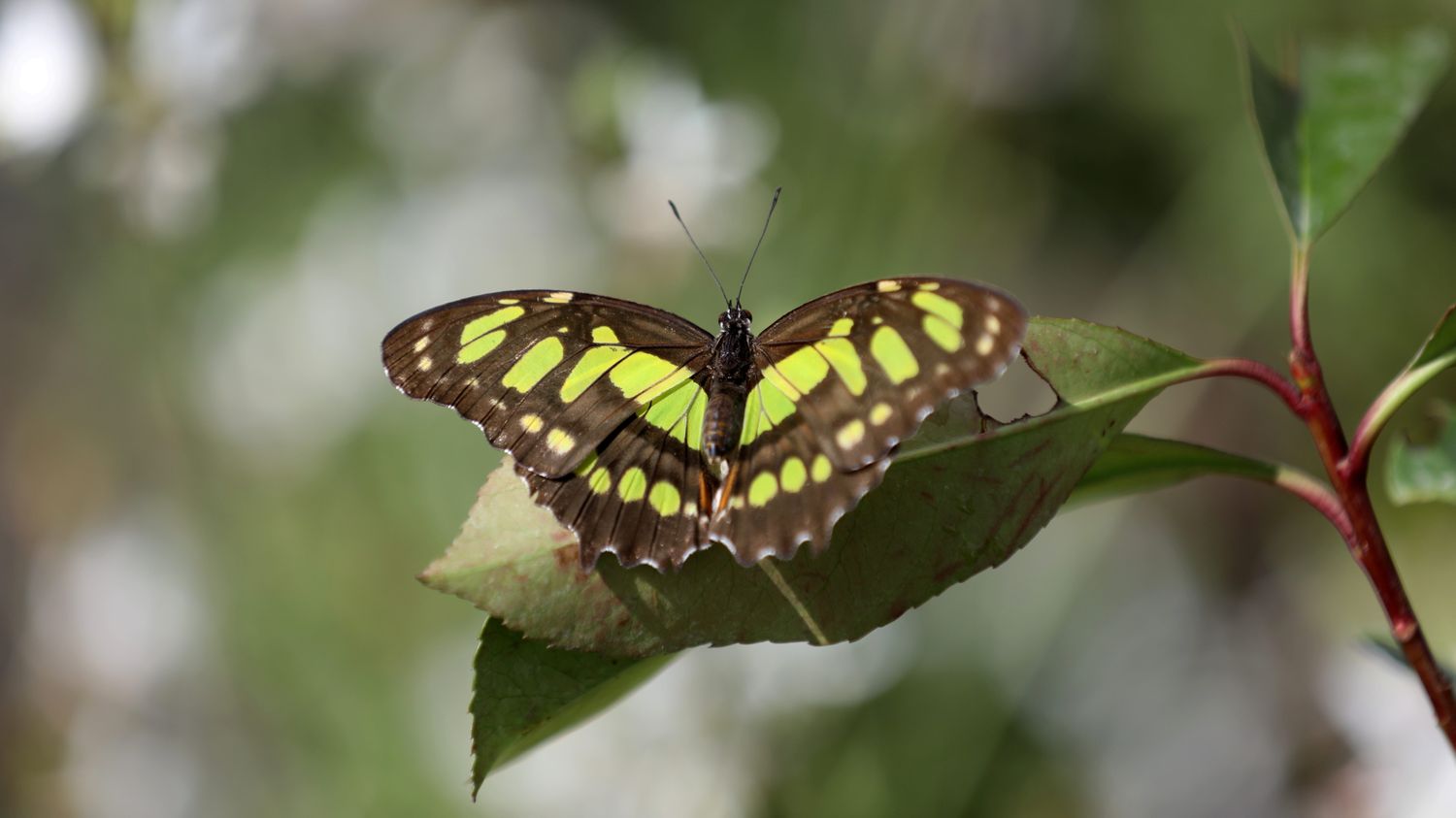After the flights of migratory birds in the sky, here are the traveling insects in the mountains. British researchers have discovered a migration corridor in the Pyrenees, a sort of natural highway for insects.

Published
Update
Reading time: 2 mins

Some 17 million insects cross the Pyrenees barrier each year in the fall, via the Bujaruelo pass, on the Spanish border, in a passage that measures only 30 meters wide. British researchers from the University of Exeter, who have just confirmed this discovery on Wednesday June 12 in the journal The Royal Society, examined this place near the Gavarnie cirque, four years in a row, in the fall. On some big departure days, there were a total of three million passages of butterflies, dragonflies, flies and midges of all sizes in this small high mountain bottleneck.
These researchers came across this migration corridor thanks to a happy coincidence. More than 70 years ago, two British ornithologists stumbled upon this curious sight of a flock of insects all flying in the same direction. At this precise location in the Hautes-Pyrenees, the phenomenon had not been quantified at the time. This time the researchers placed a camera in a place where the insects are all forced to fly less than two meters from the ground due to air currents rushing into this narrow gap. The density of insects was evaluated on the images, and then the calculation was done by extrapolation.
It is the discovery of an excellent observation post for the migration of insects, which is complicated to observe generally in nature, while by moving these migrants provide all kinds of ecological services: 90% of among them are pollinators, a third are very efficient at decomposing waste, 20% are pest predators. They consume, for example, aphid larvae. They also include a third of harmful insects which can cause damage to crops. The next step for scientists is to observe the phenomenon of these insects returning in the other direction in spring.
